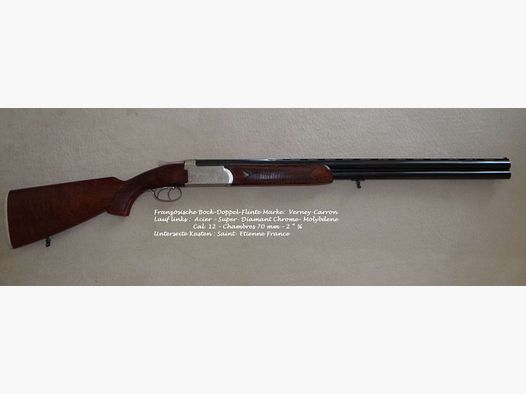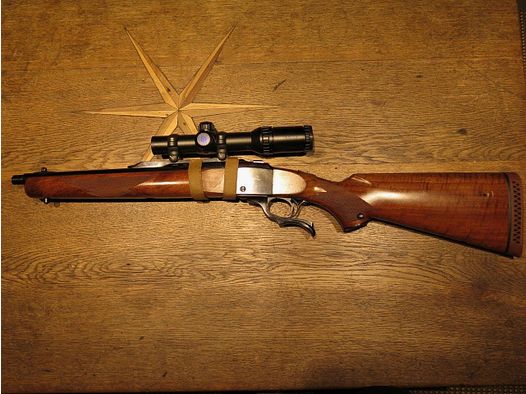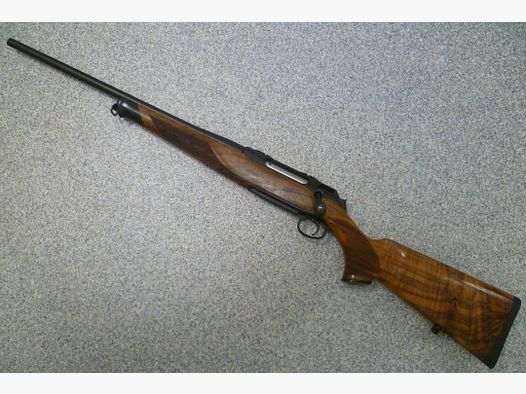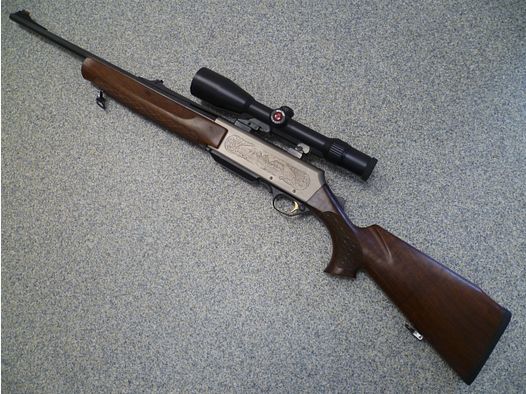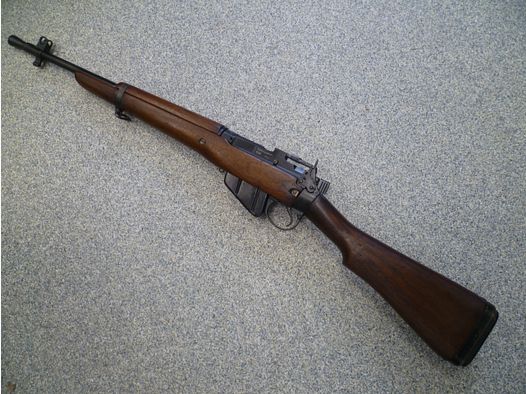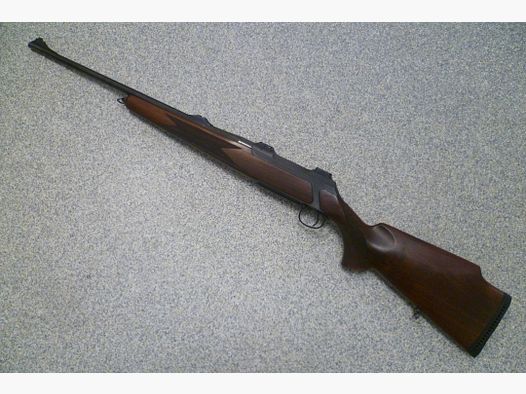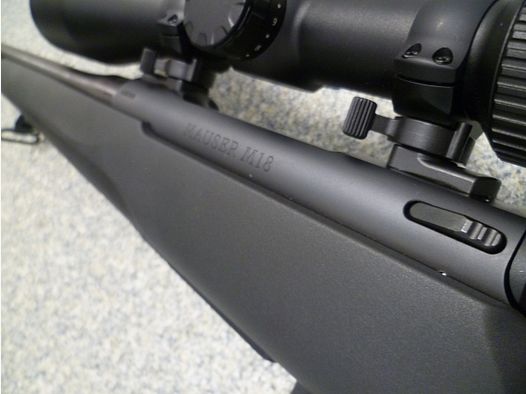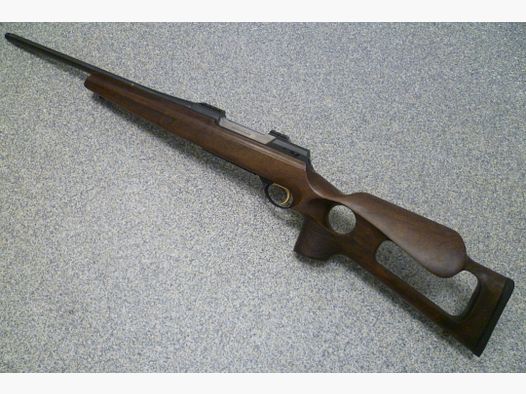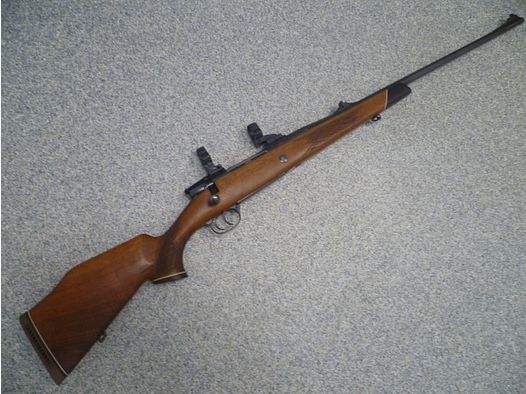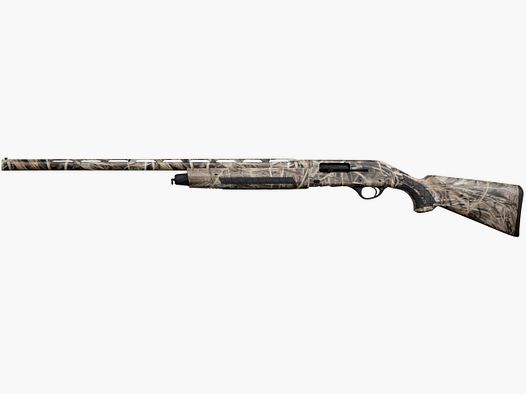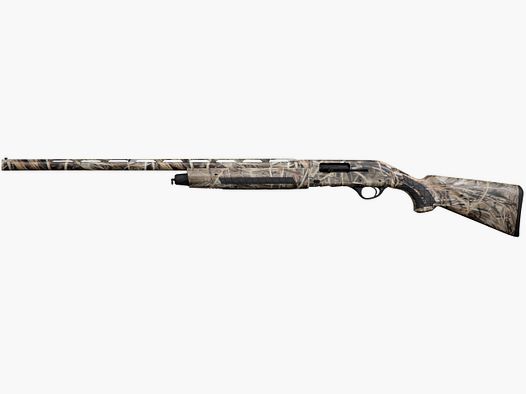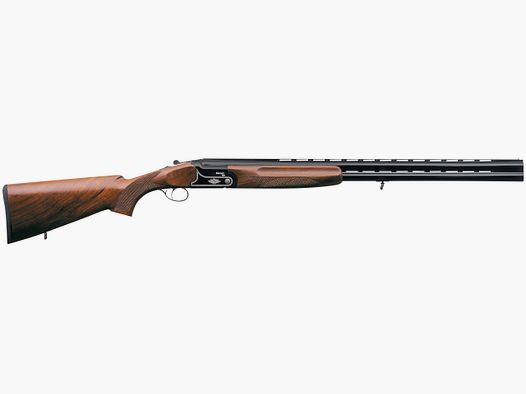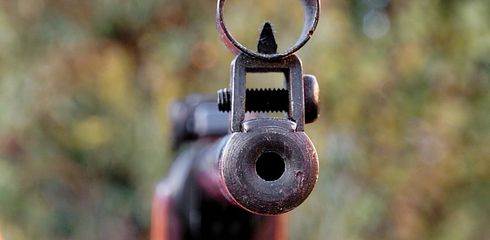Ballistics is a versatile and fascinating field that intensively studies the motion of projectiles such as bullets or rockets. This discipline encompasses many aspects, from the trajectory of a projectile to its effect on the target, as well as the development of effective weapons and ammunition. In this comprehensive text, we take a detailed look at the key areas and subjects of ballistics and provide you as a hunter and shooter with a deep insight into this exciting science.
Fundamentals of Ballistics
Definition of Ballistics and its Purpose
Ballistics is the scientific study of the motion of projectiles, including their trajectories, speeds, and interactions with the target. Its main purpose is to predict the behavior of projectiles and maximize their effectiveness to achieve precise and effective hits.
Distinction between Internal and External Ballistics
Ballistics can be broadly divided into two main areas: internal ballistics and external ballistics. Internal ballistics deals with the behavior of the projectile within the barrel of a weapon, while external ballistics examines the trajectory of the projectile after it leaves the weapon.
The History of Ballistics and its Importance to Humanity
Ballistics has a long and significant history that dates back to ancient times. Its principles have been refined over the centuries, contributing to the development of efficient and effective projectile weapons. These advancements were crucial for warfare and hunting, making ballistics an indispensable field of knowledge.
Internal Ballistics
Fundamentals of Internal Ballistics
Internal ballistics studies the interactions between the propellant and the projectile in the barrel of a weapon. Factors such as pressure, speed, and acceleration play a crucial role. The pressure generated by the combustion of the propellant is essential for the speed and energy of the projectile. Higher pressure leads to higher speed and thus greater kinetic energy.
The Role of Barrel Length and Caliber
The length and caliber of the barrel influence the speed and stability of the projectile. A longer barrel allows for better combustion of the propellant and thus higher speed. The caliber of the barrel determines the size of the projectile and its flight stability. The profile of the barrel, especially its grooves and lands, affects the stabilization and rotation of the projectile during flight. Effective stabilization ensures a more precise trajectory and higher accuracy.
Barrel Behavior and Precision
The influence of barrel profiles on the trajectory is enormous. The twist rate, or the number of rotations of the projectile per unit length of the barrel, affects the stability of the projectile in flight. An appropriate twist rate is important to ensure stable flight behavior and good precision. Other factors that influence precision include the quality of the ammunition, the consistency of the propellant charges, and the individual technique of the shooter.
Recoil and Weapon Control
The recoil generated when firing a weapon can be considerable and affect the shooter. The amount of recoil depends on the mass of the projectile, the propellant charge, and the design of the weapon. Various techniques and devices have been developed to reduce recoil and improve weapon control, such as recoil compensators, suppressors, and special grips and stocks.
External Ballistics
Trajectories of Projectiles
External ballistics examines the trajectories of projectiles after they leave the weapon. Factors such as gravity, air resistance, and rotational stability play a role. The speed of the projectile and air resistance significantly influence the trajectory. A higher ratio of kinetic energy to air resistance leads to a flatter trajectory and greater range.
Effects of Crosswind and Other Environmental Factors
Crosswind and other environmental factors can significantly affect the trajectory of a projectile. Considering such factors is crucial for ensuring accurate target acquisition and hit accuracy. The ballistic coefficient is a measure of the aerodynamic efficiency of a projectile. A higher ballistic coefficient generally means better flight performance and less susceptibility to the effects of air resistance.
Ballistic Coefficients and External Ballistics
Ballistic coefficients are calculated by considering the aerodynamic properties of a projectile, such as its shape, weight, and density. They are used to predict trajectories and target accuracy.
Terminal Ballistics
Effect of Projectiles on the Target
Terminal ballistics studies the effect of projectiles on the target. Factors such as penetration power, energy transfer, and tissue damage play a crucial role. The deformation and fragmentation of projectiles upon impact with the target can significantly influence their effectiveness and penetration capability. These phenomena are examined more closely in terminal ballistics.
Applications of Ballistics
Development of Ammunition and Weapons
Ballistics allows for the optimization of projectiles in terms of their shape, materials, and construction to achieve improved flight performance, hit accuracy, and effect on the target. Through ballistic analyses and tests, weapon designers can enhance the accuracy of weapons by optimizing factors such as barrel profile, barrel length, and sights.
Forensic Ballistics
Forensic ballistics deals with the investigation of gunshot injuries and the identification of firearms based on ballistic traces. It plays an important role in solving crimes. Forensic ballistics experts compare projectiles and casings found at the crime scene with known ballistic characteristics to establish connections to possible firearms and perpetrators.
Sporting and Hunting Applications
Ballistics plays a crucial role in sport shooting and competitions. By understanding the ballistic properties of their weapons and ammunition, shooters can improve their accuracy and achieve optimal performance. The ballistic properties of ammunition and knowledge of trajectories are essential for hunters to hunt effectively and ethically. A precise understanding of the ballistic performance of the weapons and ammunition used enables hunters to take accurate shots and quickly and humanely take down game.
Summary
Ballistics is a fascinating and versatile field of research that plays a central role in the development of weapons and ammunition. It is of great importance for military applications, hunting, sport shooting, and many other areas. The study of projectile trajectories, stabilization, analysis of dispersion and accuracy, as well as the effect on the target are crucial for effectively employing projectile weapons. With new technologies, simulation techniques, and ongoing research, ballistics will continue to grow and expand our understanding of trajectories and ballistic effects.



